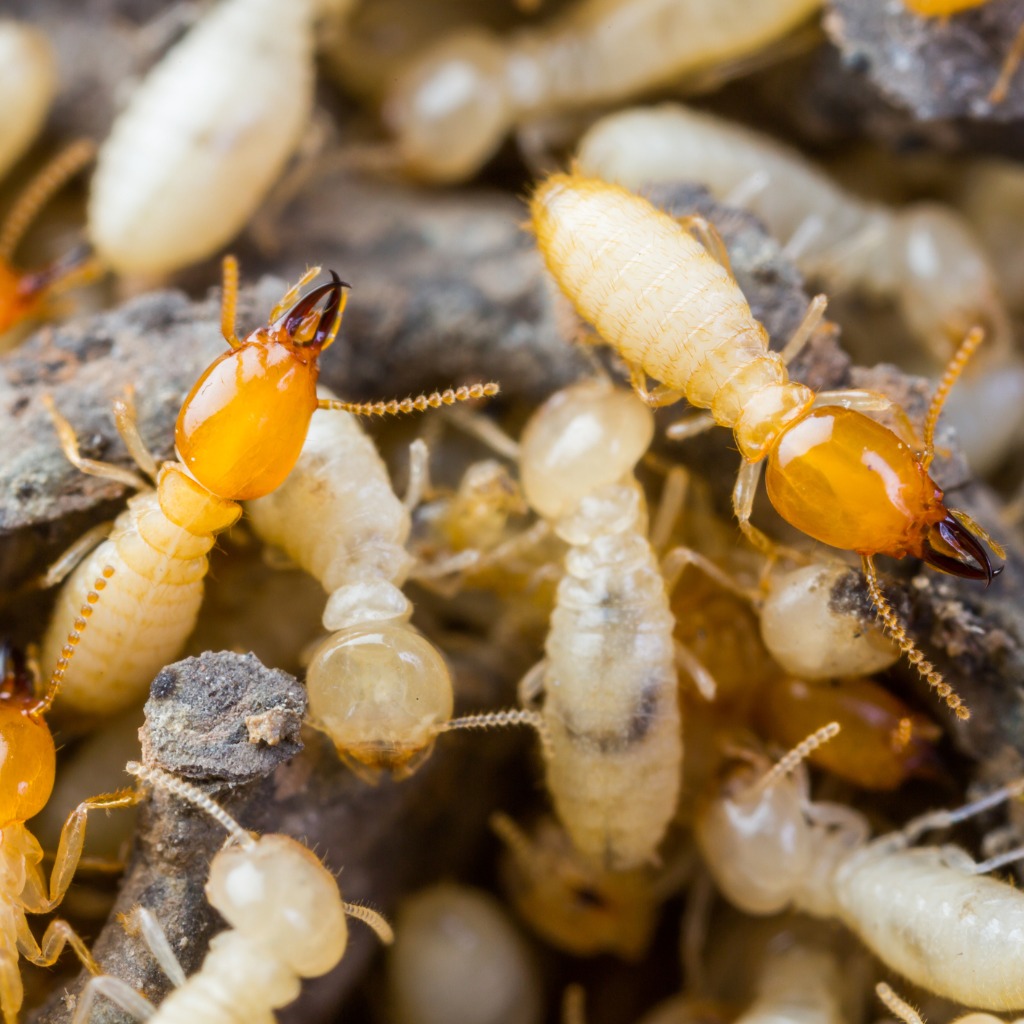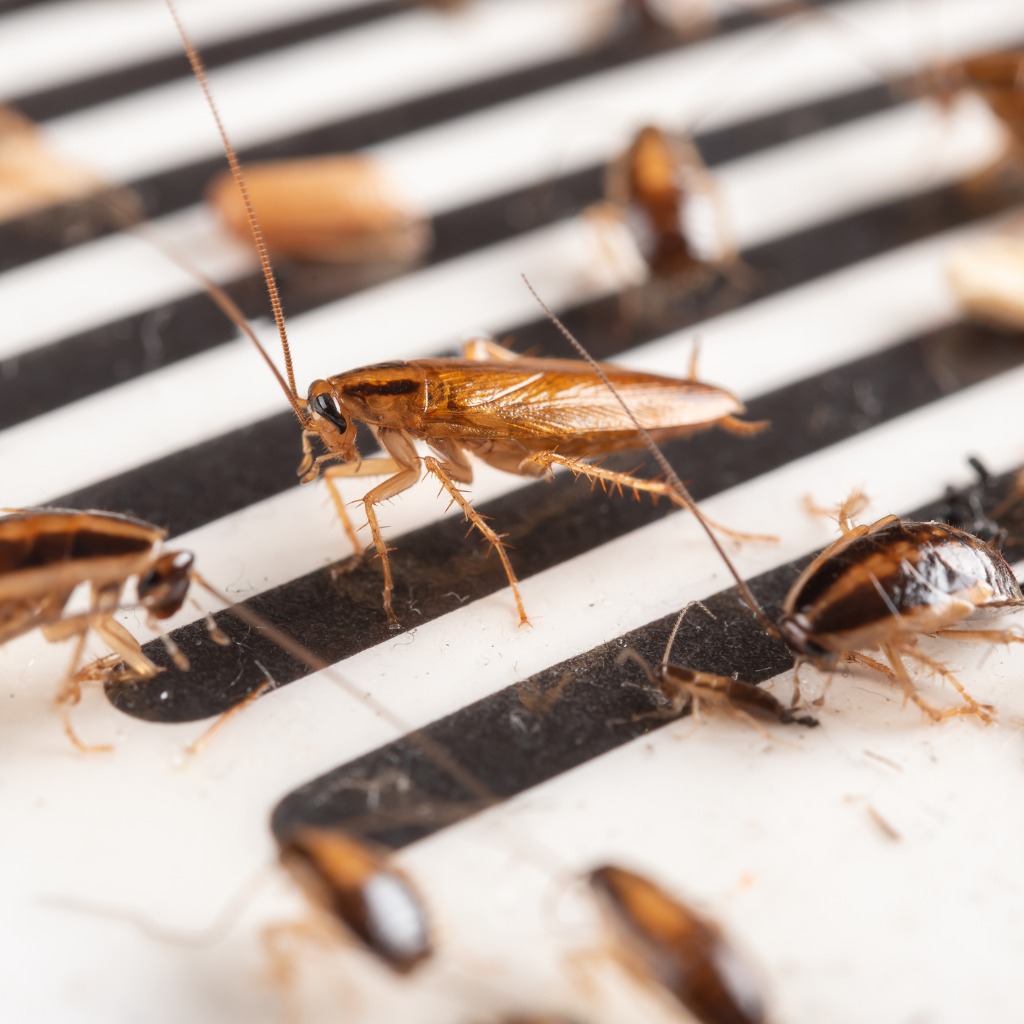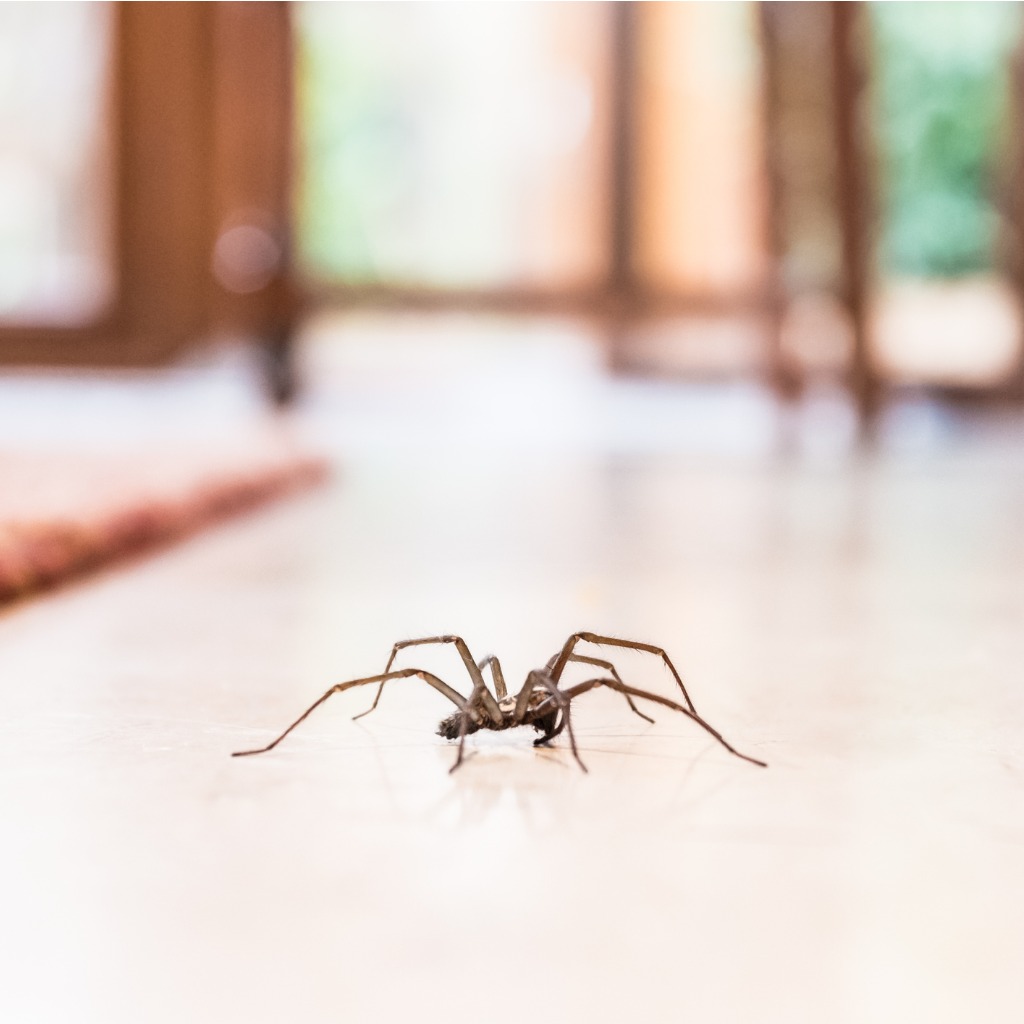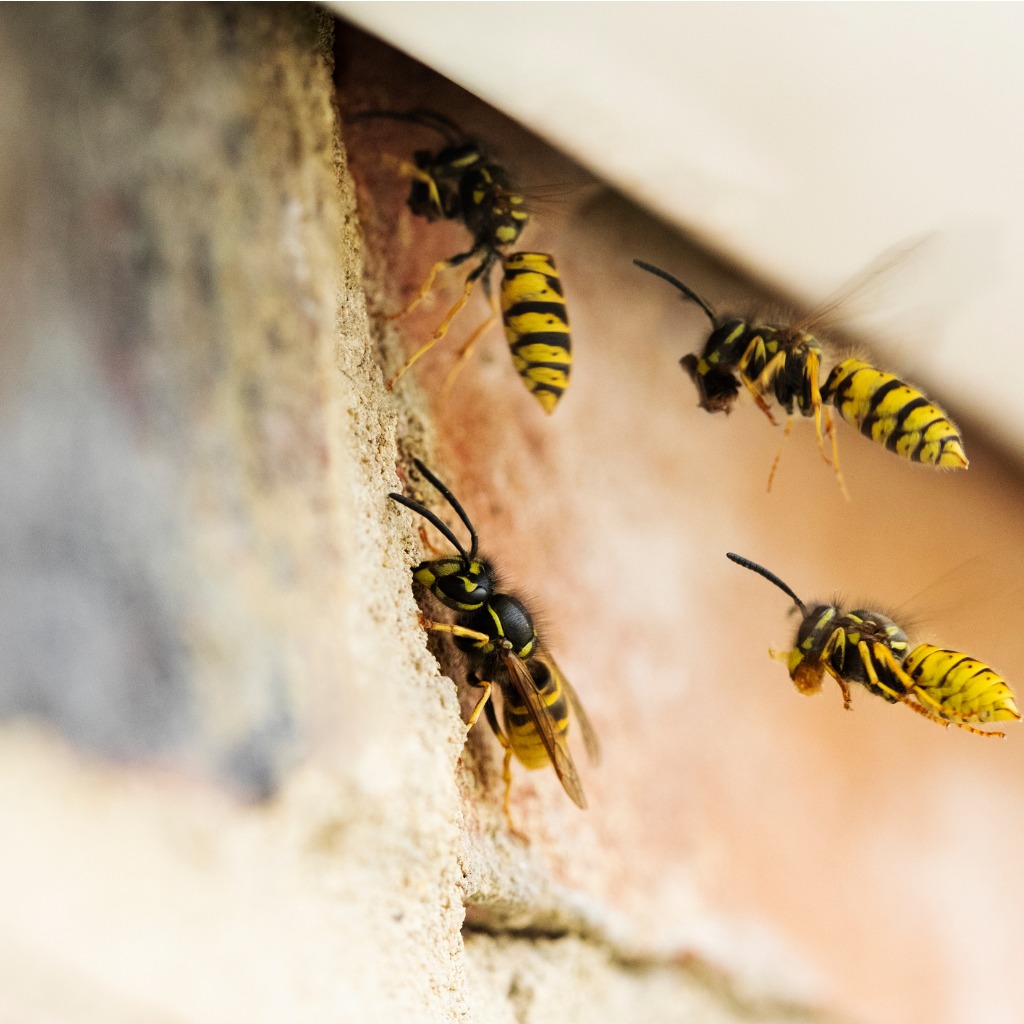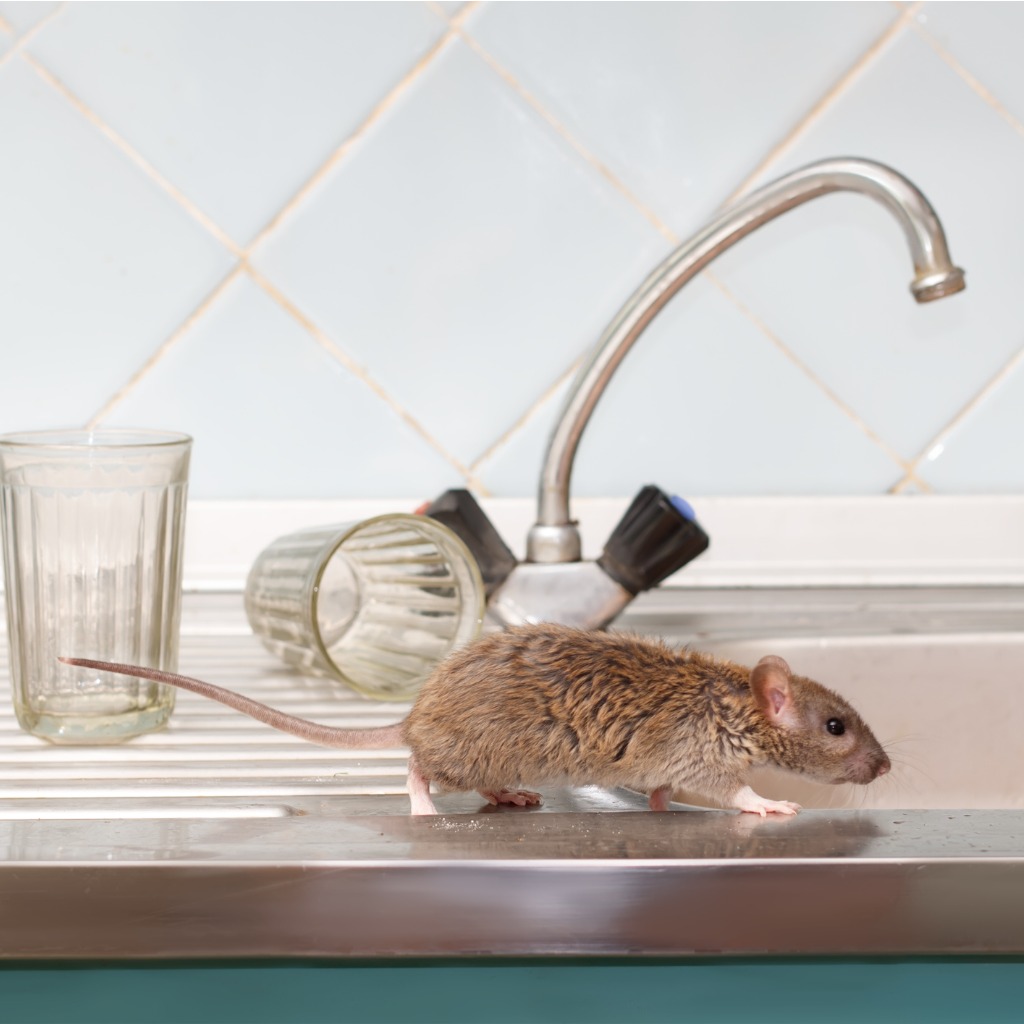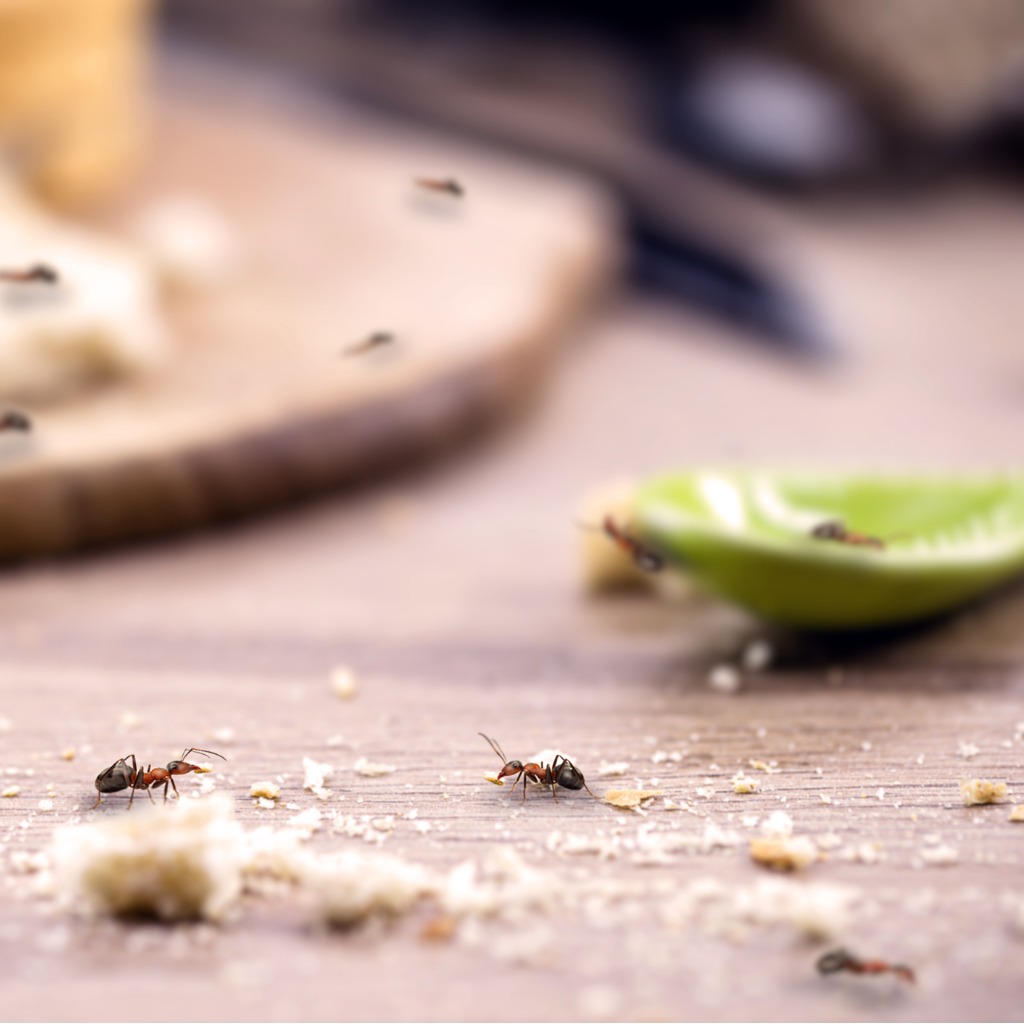
Ants
Ants cause various types of damage, depending upon the variety. Carpenter ants tunnel through wood, destroying structures. Pharaoh ants may transmit serious diseases. A fire ant’s sting is potentially deadly to susceptible individuals, and all ants contaminate the food they infest
Ants build massive colonies, so their presence is generally detected when you see their nests, or the ants themselves. Treatments involve baiting, insecticide, and sealing off entry to buildings.

